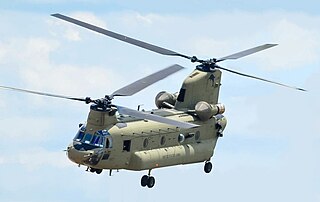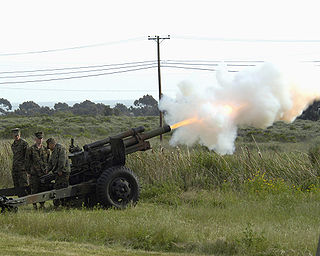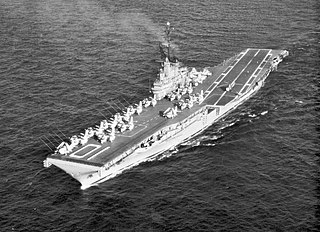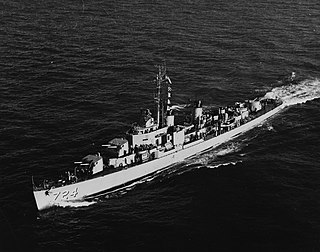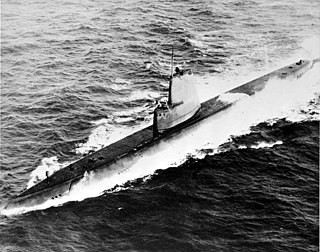Self-guided Sightseeing Tour #1 in Mount Pleasant, United States
Legend
Tour Facts
1.1 km
10 m
Experience Mount Pleasant in United States in a whole new way with our free self-guided sightseeing tour. This site not only offers you practical information and insider tips, but also a rich variety of activities and sights you shouldn't miss. Whether you love art and culture, want to explore historical sites or simply want to experience the vibrant atmosphere of a lively city - you'll find everything you need for your personal adventure here.
Individual Sights in Mount PleasantSight 1: Patriots Point Naval and Maritime Museum
Patriots Point Naval & Maritime Museum is a naval museum located in Mount Pleasant, South Carolina, at the mouth of the Cooper River on the Charleston Harbor, across from Charleston.
Sight 2: Bell AH-1 Cobra
The Bell AH-1 Cobra is a single-engined attack helicopter developed and manufactured by the American rotorcraft manufacturer Bell Helicopter. A member of the prolific Huey family, the AH-1 is also referred to as the HueyCobra or Snake.
Sight 3: Ambulance
The Truck, Utility, ¼-Ton, 4×4, or simply M151 was the successor to the Korean War M38 and M38A1 Jeep Light Utility Vehicles. The M151 had an integrated body design which offered a little more space than prior jeeps, and featured all-around independent suspension with coil springs. It has since been replaced by the larger AM General HMMWV in most utility roles in frontline use. With some M151A2 units still in U.S. military service in 1999, the M151 series achieved a longer run of service than that of the World War II/Korean War-era MB/GPW, M38, and M38A1 series combined.
Sight 4: UH-1 Iroquois
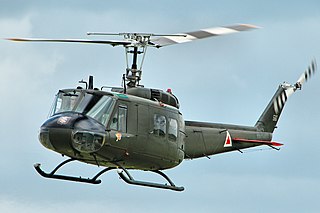
The Bell UH-1 Iroquois is a utility military helicopter designed and produced by the American aerospace company Bell Helicopter. It is the first member of the prolific Huey family, as well as the first turbine-powered helicopter in service with the United States military.
Sight 5: M113
The M113 is a fully tracked armored personnel carrier (APC) that was developed and produced by the FMC Corporation. The M113 was sent to United States Army Europe in 1961 to replace the mechanized infantry's M59 APCs. The M113 was first used in combat in April 1962 after the United States provided the South Vietnamese army (ARVN) with heavy weaponry such as the M113, under the Military Assistance Command, Vietnam (MACV) program. Eventually, the M113 was the most widely used armored vehicle of the U.S. Army in the Vietnam War and was used to break through heavy thickets in the midst of the jungle to attack and overrun enemy positions. It was largely known as an "APC" or an "ACAV" by the allied forces.
Sight 6: Chickasaw
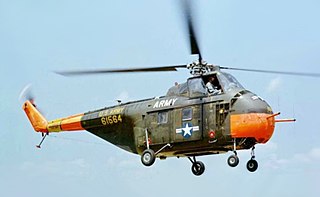
The Sikorsky H-19 Chickasaw is a multi-purpose piston-engined helicopter that was used by the United States Army and United States Air Force. It was also license-built by Westland Aircraft as the Westland Whirlwind in the United Kingdom. United States Navy and United States Coast Guard models were designated HO4S, while those of the U.S. Marine Corps were designated HRS. In 1962, the U.S. Navy, U.S. Coast Guard and U.S. Marine Corps versions were all redesignated as H-19s like their U.S. Army and U.S. Air Force counterparts.
Sight 7: CH-47 Chinook
The Boeing CH-47 Chinook is a tandem-rotor helicopter originally developed by American rotorcraft company Vertol and now manufactured by Boeing Defense, Space & Security. The Chinook is a heavy-lift helicopter that is among the heaviest lifting Western helicopters. Its name, Chinook, is from the Native American Chinook people of Oregon and Washington state.
Sight 8: M101 Howitzer
The M101A1 howitzer is an artillery piece developed and used by the United States. It was the standard U.S. light field howitzer in World War II and saw action in both the European and Pacific theaters and during the Korean War. Entering production in 1941, it quickly gained a reputation for accuracy and a powerful punch. The M101A1 fires 105 mm high explosive (HE) semi-fixed ammunition and has a range of 12,330 yards (11,270 m), making it suitable for supporting infantry.
Sight 9: M42 Duster
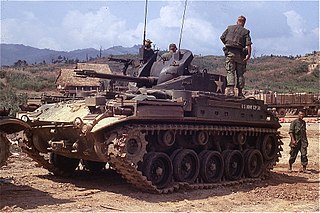
The M42 40 mm self-propelled anti-aircraft gun, or "Duster," is an American armored light air-defense gun built for the United States Army from 1952 until December 1960, in service until 1988. Production of this vehicle was performed by the tank division of the General Motors Corporation. It used components from the M41 light tank and was constructed of all-welded steel.
Sight 10: USS Yorktown
USS Yorktown (CV/CVA/CVS-10) is one of 24 Essex-class aircraft carriers built during World War II for the United States Navy. Initially to have been named Bonhomme Richard, she was renamed Yorktown while still under construction, after the Yorktown-class aircraft carrier USS Yorktown (CV-5), which was sunk at the Battle of Midway. She is the fourth U.S. Navy ship to bear the name, though the previous ships were named for the 1781 Battle of Yorktown. Yorktown was commissioned in April 1943, and participated in several campaigns in the Pacific Theater of Operations, earning 11 battle stars and the Presidential Unit Citation.
Sight 11: USS Laffey
USS Laffey (DD-724) is an Allen M. Sumner-class destroyer, which was constructed during World War II, laid down and launched in 1943, and commissioned in February 1944. The ship earned the nickname "The Ship That Would Not Die" for her exploits during the D-Day invasion and the Battle of Okinawa when she successfully withstood a determined assault by conventional bombers and the most unrelenting kamikaze air attack in history. Today, Laffey is a U.S. National Historic Landmark and is preserved as a museum ship at Patriots Point, outside Charleston, South Carolina.
Sight 12: USS Clamagore
USS Clamagore (SS-343) was a Balao-class submarine, which operated as a museum ship at the Patriot's Point Naval & Maritime Museum outside Charleston, South Carolina from 1979 to 2022. Built in 1945 for the United States Navy, she was still in training when World War II ended. She was named for the clamagore. A National Historic Landmark, she was the last surviving example of a GUPPY III type submarine. On 15 October 2022, the USS Clamagore, stripped of sail and superstructure was removed from Patriots Point and towed to Norfolk VA to begin final recycling.
Share
How likely are you to recommend us?
Disclaimer Please be aware of your surroundings and do not enter private property. We are not liable for any damages that occur during the tours.
GPX-Download For navigation apps and GPS devices you can download the tour as a GPX file.
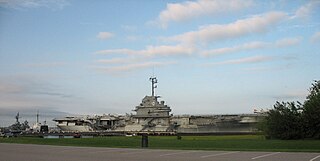
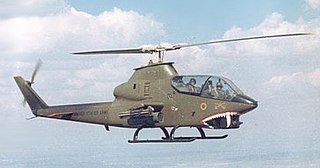
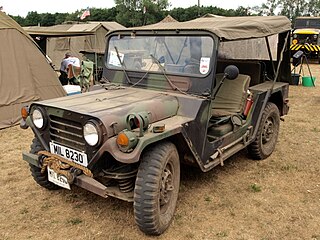
.jpg)
